Need advice with FLF
RA Santos
5 years ago
Featured Answer
Sort by:Oldest
Comments (23)
Related Discussions
HELP: Droopy Fiddle Leaf Fig After Repotting
Comments (0)I have a [post [(https://www.houzz.com/discussions/need-advice-with-flf-dsvw-vd~5384107)prior to this which I wrote to ask some questions before I repotted my Fiddle Leaf Fig. Asking for help because after repotting, my plant now looks sad and the leaves became droopy, and I don't know if I should be doing something right now. Here's a photo of the plant immediately after repotting and how it is now: I have no photo of the roots when I repotted it but it took me more than 2 hours to detangle them using both chopstick and water (jet). I tried to use the 511 mix for the new pot: Please help :(...See MoreAdvice needed for newbie FLF owner
Comments (3)The first advice I would offer is to refrain from putting faith in products sold by Fiddle Leaf Fig Plant Resources. This discussion will give you an idea of why I make that suggestion. There are a LOT of charlatans out there capitalizing on the current popularity of FLFs. Ficus benghalensis (Audrey) seems to currently be trending, so I expect the snake oil salesman to start a "new line" of products exclusively formulated for Ficus benghalensis/Audrey, using exactly what they were pushing as exclusively designed for FLF's, using repackaged products that have been on the market forever, but at many times the price. Sorry to be cynical. but I see it as a service to the growing community. A couple weeks ago noticed new growth but the leafs have a lot of red dots (2nd photo). I read that this is normal for new growth so didnt worry too much about it. The red dots are not oedema, as suggested by the company who packaged the soil you're using. It's an expression of the pigment anthocyanin, it results from uneven watering as the leaves form, and is exacerbated by low humidity. I've been trying to find someone who can explain how this occurs, physiologically, but haven't yet been successful. I know the cause, but not the mechanism by which it is made manifest. There are a lot of new growth buds but now theyre dropping off or look dried up and crispy :( Could be any of several potential causes. If the fertilizer derives it's N from organic sources, the over-watering (more on that in a sec) can act as a synergist to ammonium toxicity. Ammonium toxicity occurs when there is too much ammonium available for uptake. When soils are warm and well-aerated, normal populations of nitrifying bacteria convert ammonium to nitrate. Soggy soil significantly diminishes populations of the bacteria = reduction in ammonium converted to nitrate = ammonium toxicity. Nitrite (NO2) is an intermediate form of N which also accumulates in the growing medium due to the slow conversion process and further contributes to the potential of ammonium toxicity. Very common, seldom diagnosed. I’ve been watering about every 7-10 days when the top feels dry. This is how I know you're over-watering. One of the main reasons I stopped contributing to the NGA forums is because prevailing advice there was to water when the top inch or two of the soil is dry, which ensures over-watering unless your pot is less than 5" deep. Disagreeing with poor advice, no matter how well intended the disagreement was, was met with push-back from regular posters and admin alike, so the writing was on the wall. I was actually aghast at what passes for advice there. Most of us know here that when the top 2 inches of a 10" soil column are dry, the bottom 6" can be 100% saturated ....... and that's when we're supposed to water? My moisture meter reads shows it’s very wet at the bottom even after weeks though. I started misting more bc of the new growth but maybe that’s doing more harm? Skip the misting. It works for about 10 minutes. Skip the moisture meter and start using a "tell". (see below) Also now some older growth has dark edges which is probably from over-watering... Yes, most likely. This should be helpful. Using a 'tell' Over-watering saps vitality and is one of the most common plant assassins, so learning to avoid it is worth the small effort. Plants make and store their own energy source – photosynthate - (sugar/glucose). Functioning roots need energy to drive their metabolic processes, and in order to get it, they use oxygen to burn (oxidize) their food. From this, we can see that terrestrial plants need plenty of air (oxygen) in the soil to drive root function. Many off-the-shelf soils hold too much water and not enough air to support the kind of root health most growers would like to see; and, a healthy root system is a prerequisite to a healthy plant. Watering in small sips leads to avoid over-watering leads to a residual build-up of dissolved solids (salts) in the soil from tapwater and fertilizer solutions, which limits a plant's ability to absorb water – so watering in sips simply moves us to the other horn of a dilemma. It creates another problem that requires resolution. Better, would be to simply adopt a soil that drains well enough to allow watering to beyond the saturation point, so we're flushing the soil of accumulating dissolved solids whenever we water; this, w/o the plant being forced to pay a tax in the form of reduced vitality, due to prolong periods of soil saturation. Sometimes, though, that's not a course we can immediately steer, which makes controlling how often we water a very important factor. In many cases, we can judge whether or not a planting needs watering by hefting the pot. This is especially true if the pot is made from light material, like plastic, but doesn't work (as) well when the pot is made from heavier material, like clay, or when the size/weight of the pot precludes grabbing it with one hand to judge its weight and gauge the need for water. Fingers stuck an inch or two into the soil work ok for shallow pots, but not for deep pots. Deep pots might have 3 or more inches of soil that feels totally dry, while the lower several inches of the soil is 100% saturated. Obviously, the lack of oxygen in the root zone situation can wreak havoc with root health and cause the loss of a very notable measure of your plant's potential. Inexpensive watering meters don't even measure moisture levels, they measure electrical conductivity. Clean the tip and insert it into a cup of distilled water and witness the fact it reads 'DRY'. One of the most reliable methods of checking a planting's need for water is using a 'tell'. You can use a bamboo skewer in a pinch, but a wooden dowel rod of about 5/16” (75-85mm) would work better. They usually come 48” (120cm) long and can usually be cut in half and serve as a pair. Sharpen all 4 ends in a pencil sharpener and slightly blunt the tip so it's about the diameter of the head on a straight pin. Push the wooden tell deep into the soil. Don't worry, it won't harm the root system. If the plant is quite root-bound, you might need to try several places until you find one where you can push it all the way to the pot's bottom. Leave it a few seconds, then withdraw it and inspect the tip for moisture. For most plantings, withhold water until the tell comes out dry or nearly so. If you see signs of wilting, adjust the interval between waterings so drought stress isn't a recurring issue. Questions? Al...See MorePruning a leggy FLF - against all odds
Comments (23)OK, it's nice that you're done but again, like Kat, we're sharing our space with our plants. So we do have to consider our brain's response to the light and the plant's. Which is not "misinformation" if you took the time to read the scientific study above. Alas, given the response, I'm going to assume you haven't done so yet but will later. Red light in the 5:1 dominant ratio to blue or 10:1 ratio to blue tends to do best. Not with blue dominant. I do have plenty of other studies with other types of plants that pretty much show the same and, of course, can quote the solar spectrum to no end (at Earth's surface, of course, in space it's somewhat different). We also weren't discussing repotting or potting up in this thread, we're discussing cutting, so I'm not entirely certain where that confusion is coming from without making some perhaps unpleasant assumptions. I'll avoid doing so for now. Cutting would, of course, not precisely be the best to be doing in December either, but fortunately...well, this is January, for starters. Nearly February. And of course, the plant will simply wait and send leaves at the proper time. Normally I'd say to leave the leaves, but... As noted, I do enhance light. A great deal. If Kat does so--following moving the plant as both of us suggested to the window, plus enhancing light with her plant light and increasing wattage--that will increase growth. Perfect? No. But it'll work and I've certainly done it many times, so if Kat has a reason she needs to cut things back now, she can if she has to. Now, as to "misinformation," no, it's simply not the way you do things. And perhaps not optimal, but entirely workable. I used my shears again yesterday. It will, as always, work out fine. One would expect misinformation to misfire. It doesn't. I can't say I appreciate the invective, but at least compared to some around here, yours is minor....See MoreShould I prune FLF now or wait for spring?
Comments (5)Hi there! Hi, Rachel. I'll sort through your discussion and make comments as I go. Long story short, I obtained 3 separate FLFs growing in one 14" pot and was advised to separate and repot them. The best time to repot is just before the summer solstice (21 Jun - think Father's Day). Repotting in fall sets you/the plant up for a recovery period measured in months rather than weeks, as would be the case if the plant was healthy and repotted in Jun. I hesitated for a while because they seemed happy and had new growth, but about 3 months ago I finally pulled the trigger because they were pushing each other to lean waaay out of the pot. A more appropriate response to a leaning plant is to get out ahead of the lean through directional pruning. The growth habit of Ficus is such that their leaves grow grow from the branch in sort of a spiral or helix. From above looking down, the first leaf would be at the 12 o'clock position, the next one at 3, then 6 then 9 (roughly) then repeat. By pruning just beyond a leaf facing the direction you want a new branch to grow, you can chance the direction any trunk/ branch is growing. In the figure above, a cut above the top leaf would produce a branch that would grow to the left and back. The middle leaf, as you can see, has produced a new branch growing to the right and back. Had the stem been pruned above the lowest leaf, it would have produced a branch growing to the left and forward, and the unseen leaf below the lowest leaf is almost certainly growing right/ forward. By choosing where the branch is pruned, you can change it's direction. Also, The best pruning response (most enthusiasm from the plant) occurs in summer. If you prune now, you get a winters worth of lanky growth that you really don't want to keep. It's best to prune in Jun. That way, you get a full summer of tight growth and short internodes, followed bt more lanky growth in winter. The fix for that is to remove the winter growth every year in Jun. That way you keep only the tightest growth, so you have a fuller and more compact tree. Questions? I repotted the largest one in it's own pot (it's doing well!) and potted the other two together using a 65/35(ish) mix of Fox Farm potting soil and perlite. Initially all 3 FLFs lost a couple of leaves from the shock, but ultimately were doing well until their first watering about 2 weeks after repotting. A couple days after watering, all of the leaves on the upper half of the left tree in the photo began to droop dramatically and fell off one by one over the following week (all of the leaves were newer but of comparable size to the ones on the upper right tree). It was very upsetting, but I knew the damage was irreversible - although I still don't know exactly what happened - so I just left them alone and this is where we are now. Hard to say, given the info provided. Was the tree outdoors for the summer? Odds are heavy it was either a response to a decrease in light or over-watering. The tree on the right never reacted negatively, and the one on the left seems to be done with his tantrum. The upper half of the trunk where the leaves dropped has shriveled up and seemingly died from what I can tell, along with a tiny little branch you can see on the bottom right. My question is: do I need to wait until the late spring to prune off the shriveled/dead parts, or can I cut off some of it now so it doesn't look quite so grim? Either is ok. Start cutting segments of the branch at its tip. Keep cutting segments until you find living/ green tissue or the entire branch has been removed. I live in zone 7 and know not to prune or notch for new growth until next year, but since the upper part is (very likely) dead, I don't think pruning it in the winter will trigger any new growth? Right? Removing dead tissue can't and won't stimulate back-budding; and your tree(s) won't grow until the volume of the root system is able to support new growth. This, because the plant is programmed to spend energy on roots BEFORE it spends energy on shoots. That's why the first growth from a seed is the root radicle (taproot). It sounds like it might be a while before the root system is able to support more top growth; and, you have the short days and diminished light intensity working against you until spring. Al...See MoreRA Santos
5 years agoRA Santos
5 years agoRA Santos
5 years agolast modified: 5 years agoRA Santos
5 years agoRA Santos
5 years agolast modified: 5 years agoRA Santos
5 years agoRA Santos
5 years agoRA Santos
5 years agoRA Santos
5 years agoRA Santos
5 years agoRA Santos
5 years agoRA Santos
5 years agoRA Santos
5 years agoElissa Norris
5 years agoElissa Norris
5 years ago
Related Stories
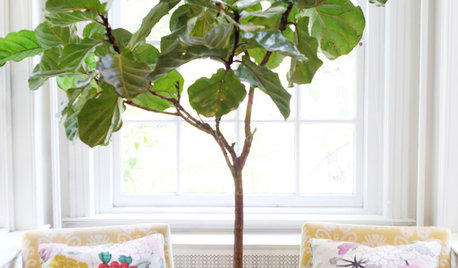
HOUSEPLANTSPlay Up Some Fiddleleaf Figs for a Lively Indoor Tune
Strike a dramatic chord in a minimalist scene or a country note in a rustic setting — fiddleleaf fig plants harmonize with any style
Full Story



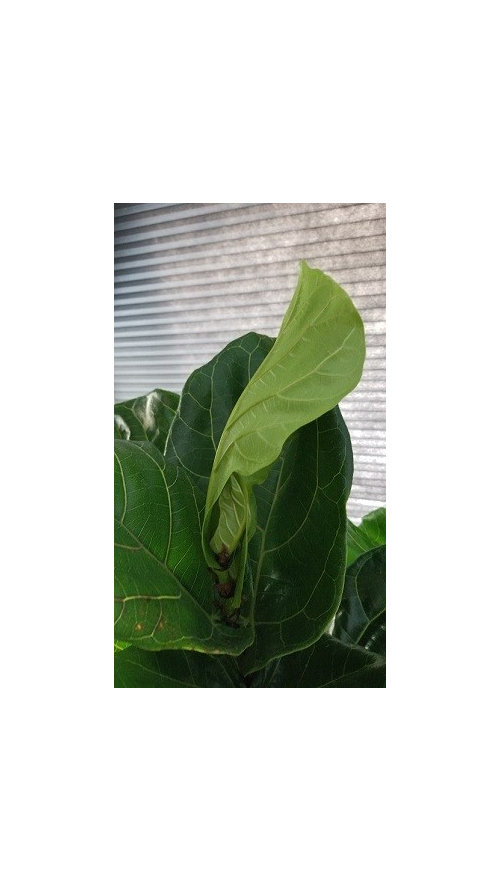
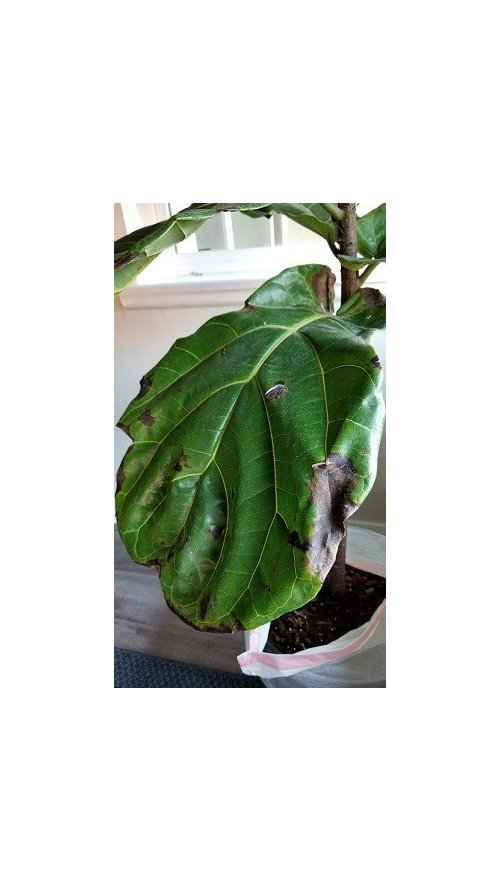
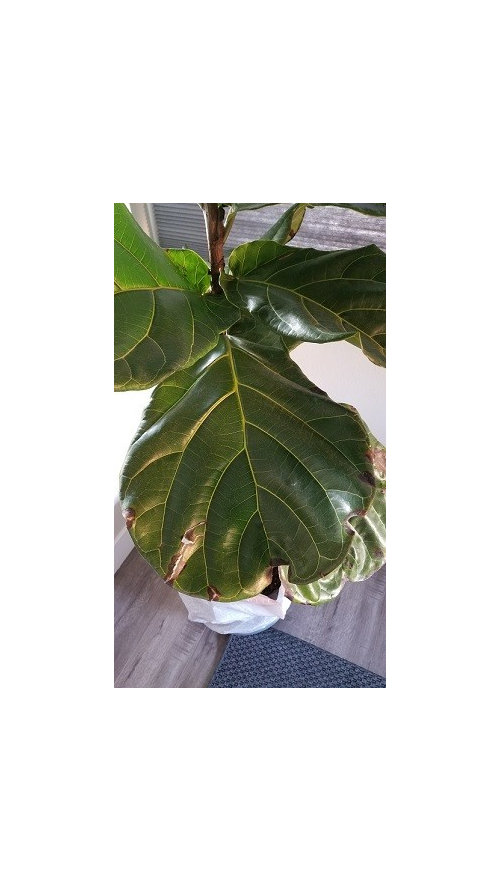

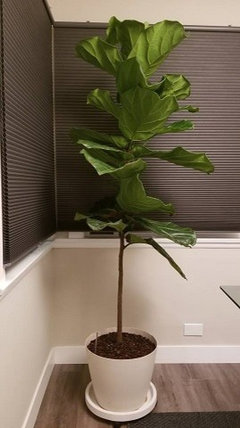
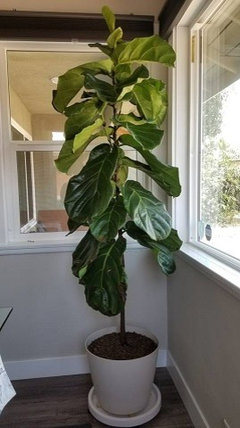
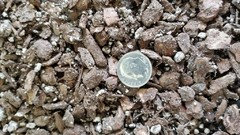



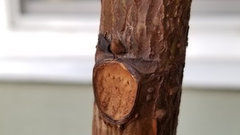
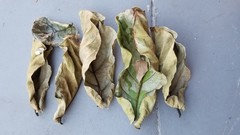



Dave